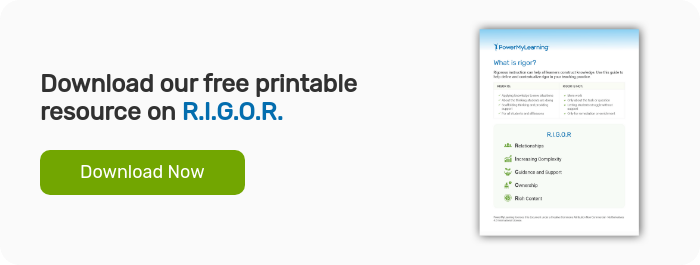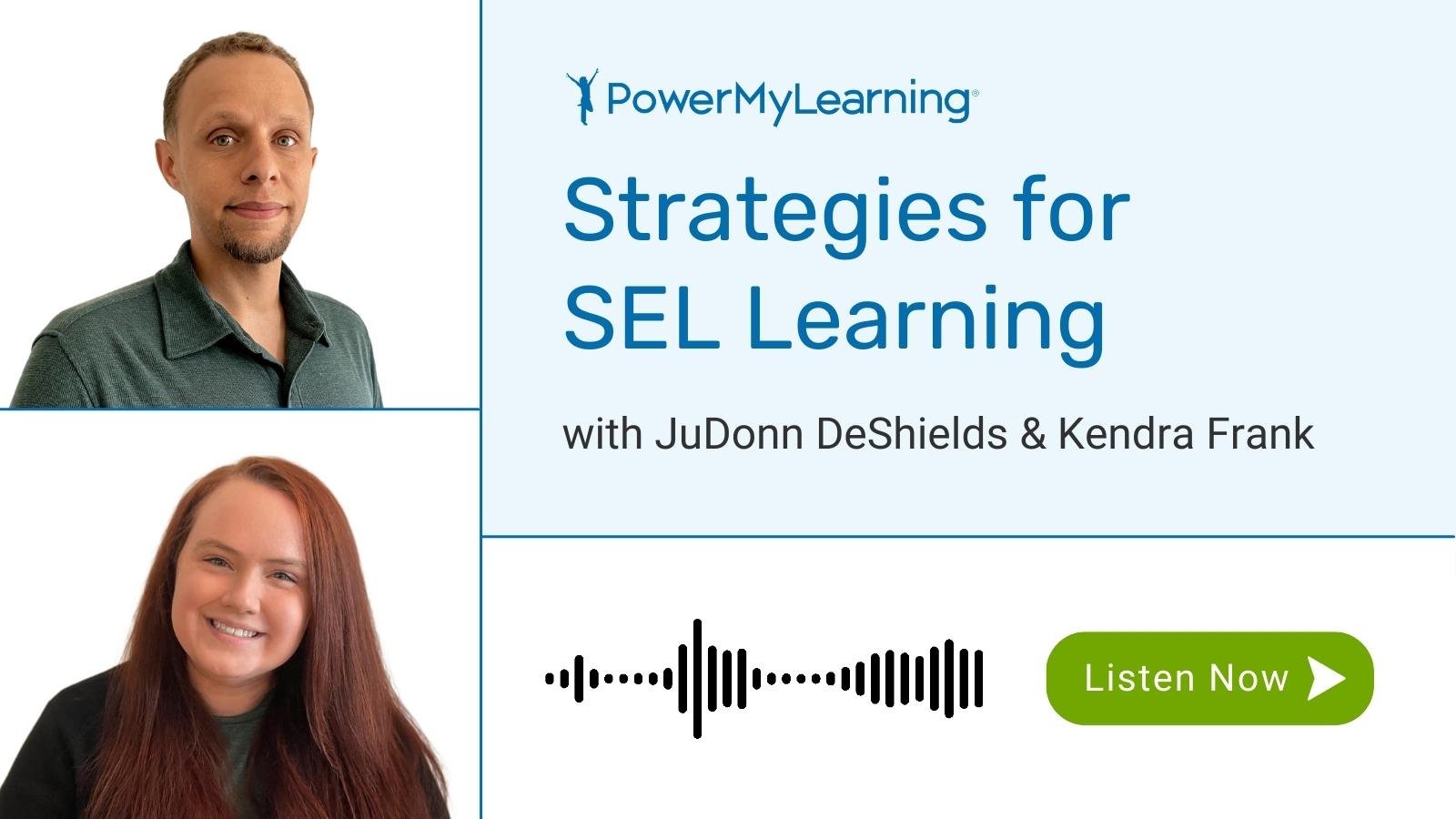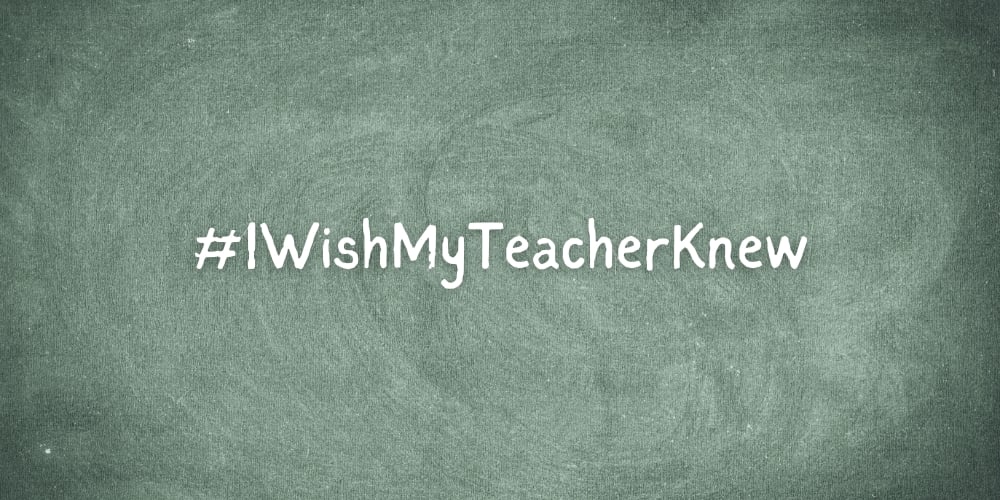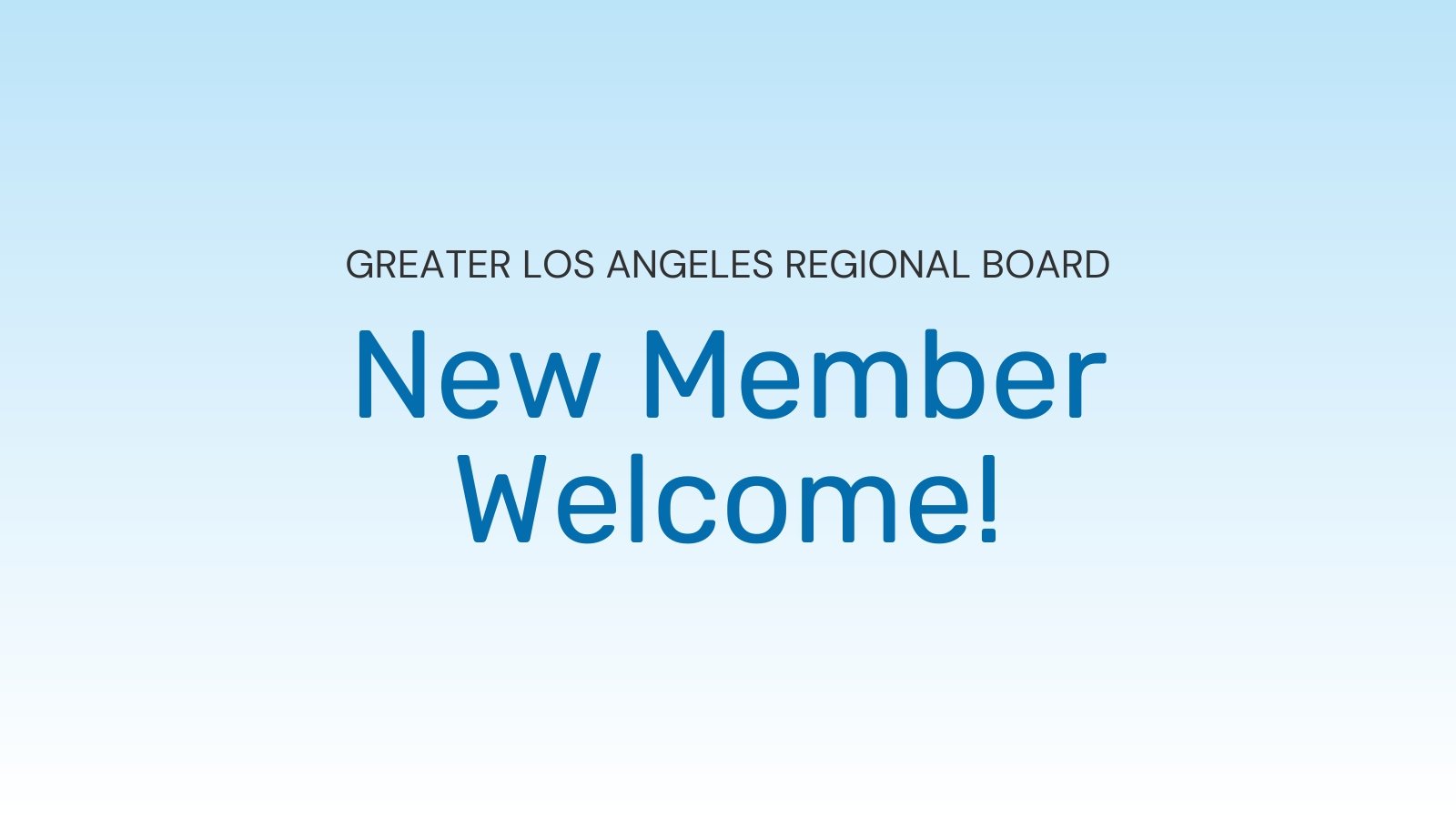What is rigor? [with free resource!]
Research shows that the level to which teacher practice encourages rigorous learning has a strong correlation with the quality of students' class participation and critical thinking skills.
Often districts have goals around rigor without a clear definition of what rigorous learning is or how to best support teachers in driving rigorous learning in their classrooms. At PowerMyLearning, one of the first steps our coaches take with partners who are seeking to craft rigorous learning experiences is to align on what rigor means.
So, what is rigor?
First, it might be helpful to clarify what rigor is not. Adding rigor does not mean adding more work. It's not an add-on, and it's not about letting your students struggle. Often districts have goals around rigor without a clear definition of what rigorous learning is or how to best support teachers with driving rigorous learning in their classrooms.
| Rigor is: | Rigor is not: |
|
|
R.I.G.O.R.
At PowerMyLearning, we use the acronym R.I.G.O.R. to help define and contextualize rigorous instruction in teacher practice.
Relationships
To engage in rigorous learning, students need a learning environment where they feel safe enough to take academic risks. Use these resources to explore how you can strengthen your relationships with students and support a growth mindset in your classroom.
Increasing Complexity
Provide opportunities for students to demonstrate surface, deep, and transfer learning using these thinking routine protocols.
Guidance and Support
Supporting students is essential in crafting rigorous learning. Make rigor accessible for all learners by providing appropriate scaffolds - adapt and modify for all students’ needs.
Ownership
Teachers can support student ownership by being intentional about creating opportunities for students to reflect on their progress, giving choice on how they want to demonstrate content knowledge, and providing ways to monitor growth in their learning.
Rich Content
Craft rigorous learning opportunities with real-world connections and content outside of traditional classroom text. Consider a variety of sources to present students and teach students how to analyze information within content.
Are your teachers leveraging rigor effectively?
To make the most of rigorous instruction, it's important for educators to be in alignment with what rigor is and have support to know how to incorporate rigor into their instruction (without it feeling like a chore).
At PowerMyLearning, we guide educators to align definitions of rigor and provide practical strategies through workshops and coaching to create rigorous learning experiences. Interested in learning more? Explore our Savvy Practices to Accelerate Learning program.



